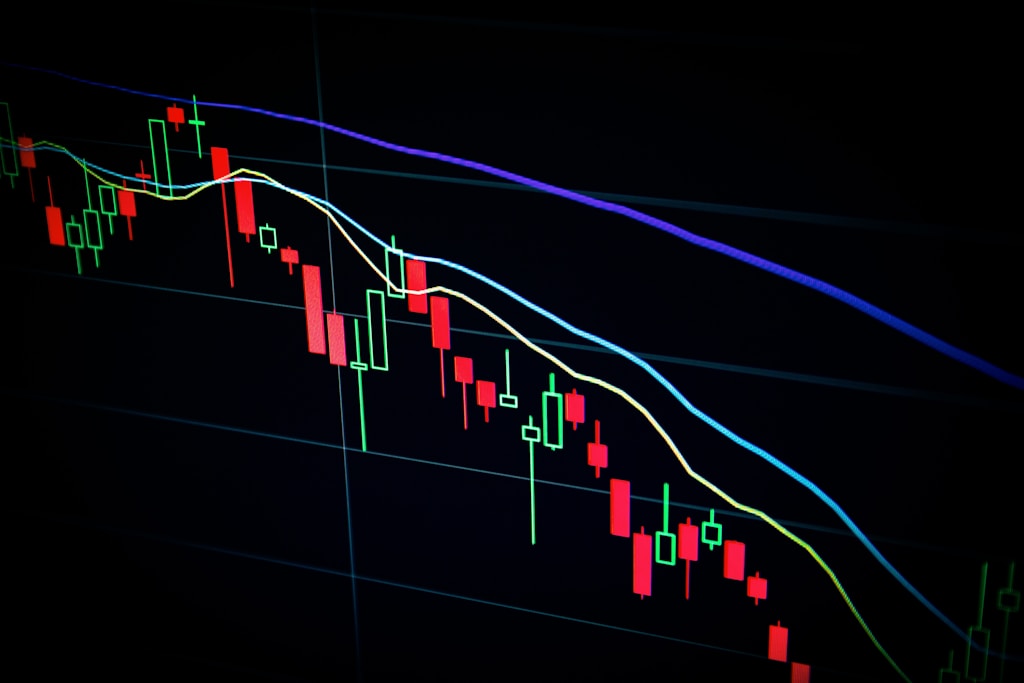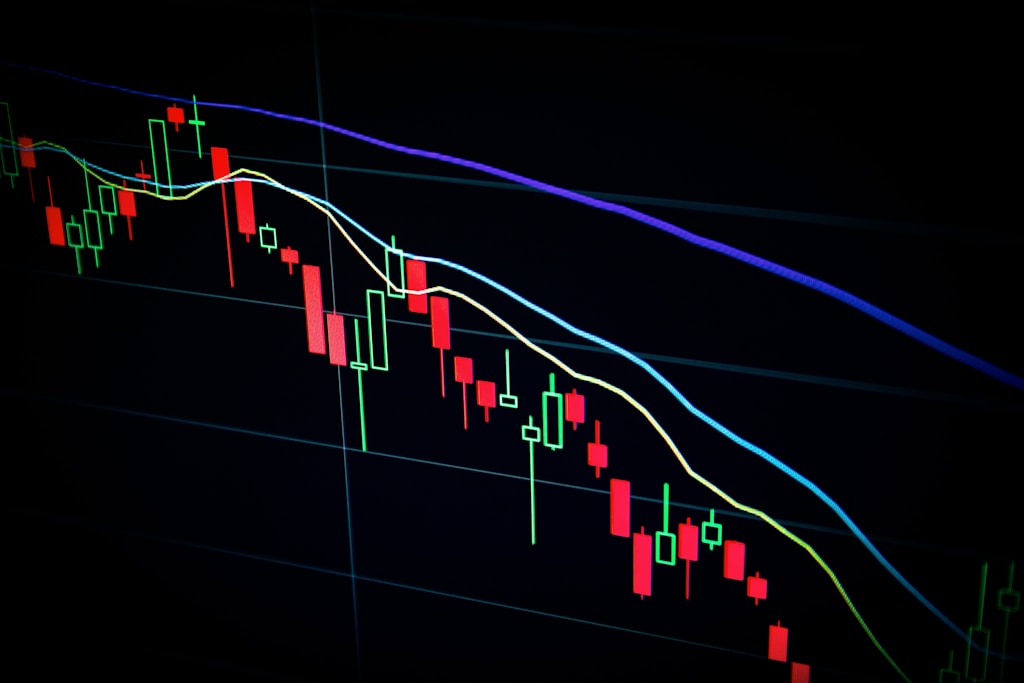Time to Read: 8 minutes
Ripple has achieved a significant milestone in its global expansion strategy by securing a crucial regulatory license in the United Arab Emirates (UAE), enabling the launch of blockchain-powered payment solutions with major financial institutions Zand Bank and Mamo. This development marks a pivotal moment for cross-border payment innovation in the Middle East region.
In a move that aligns with growing institutional adoption of blockchain payment solutions, Ripple’s expansion demonstrates the increasing mainstream acceptance of crypto-powered financial services.
Key Highlights of Ripple’s UAE Expansion
- Regulatory approval secured for blockchain payment operations
- Partnership with Zand Bank and Mamo for real-time payments
- First major blockchain payment provider licensed in UAE
- Integration with local financial infrastructure
Strategic Impact on UAE’s Financial Ecosystem
The integration of Ripple’s technology with UAE’s financial infrastructure represents a significant step toward modernizing cross-border payments in the region. This development comes at a crucial time when Middle Eastern nations are actively embracing digital transformation in their financial sectors.
Implementation Timeline and Features
The rollout of Ripple’s payment solutions will occur in phases:
- Phase 1: Initial integration with Zand Bank
- Phase 2: Mamo payment system implementation
- Phase 3: Expansion to additional UAE financial institutions
FAQ Section
What does this mean for UAE residents?
UAE residents will benefit from faster, more cost-effective cross-border payments through participating banks.
How does this affect regional payment systems?
The integration will modernize existing payment infrastructure and reduce transaction costs significantly.
When will these services be available?
Initial services are launching immediately with Zand Bank, with full implementation expected within the next quarter.
Market Implications and Future Outlook
This development positions Ripple as a key player in the UAE’s financial modernization efforts and could serve as a blueprint for similar implementations across the Middle East region.

